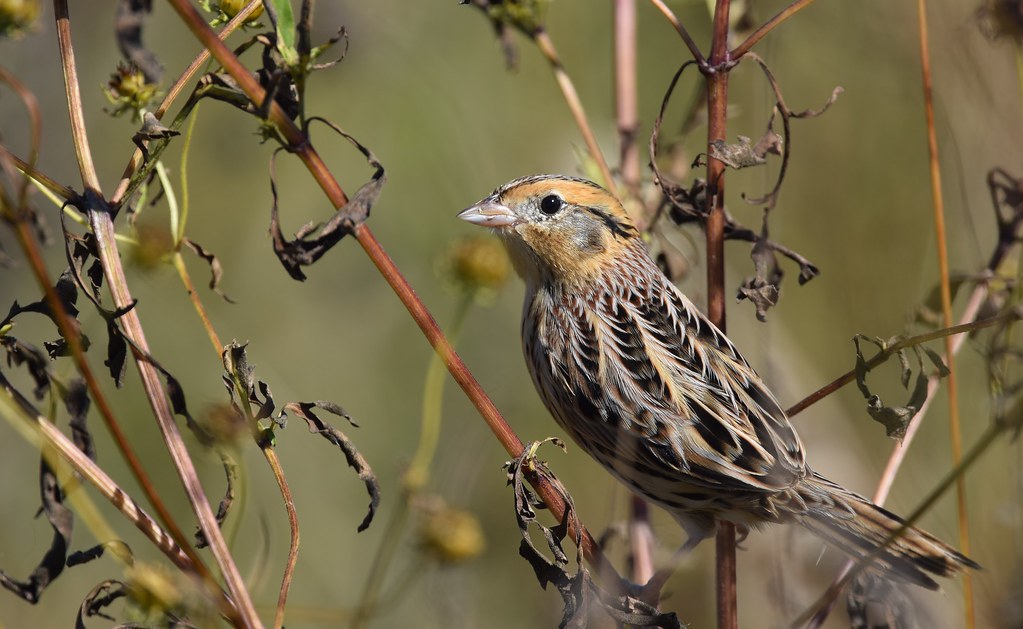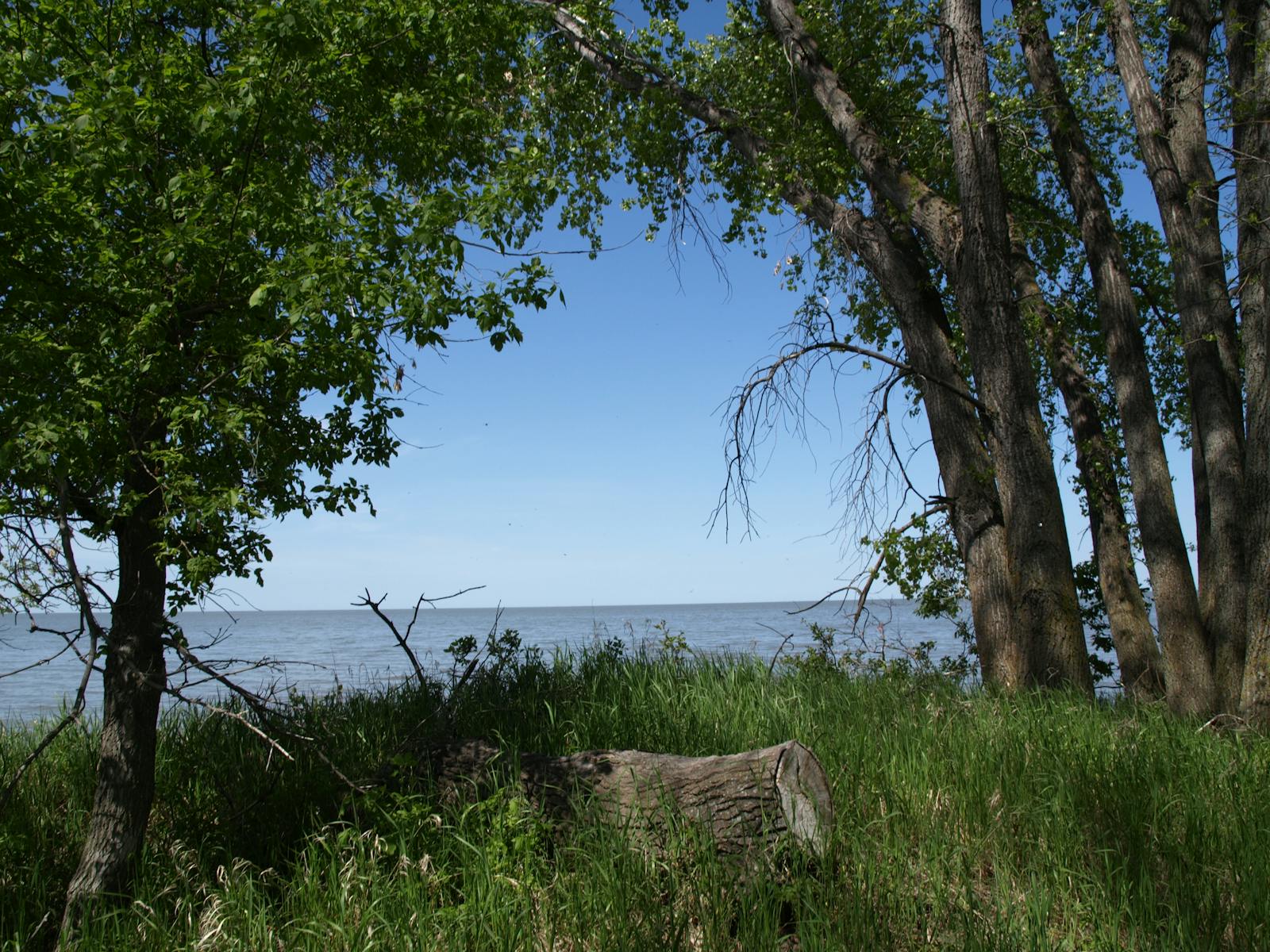Northern Tallgrass Prairie
The ecoregion’s land area is provided in units of 1,000 hectares. The conservation target is the Global Safety Net (GSN1) area for the given ecoregion. The protection level indicates the percentage of the GSN goal that is currently protected on a scale of 0-10. N/A means data is not available at this time.
Bioregion: Northern Prairie & Aspen Forests (NA12)
Realm: Northern America
Ecoregion Size (1000 ha):
8,285
Ecoregion ID:
397
Conservation Target:
5%
Protection Level:
8
States: United States: MN, SD, ND. Canada: MB
The Northern Tallgrass Prairie ecoregion represents the northernmost tallgrass prairie in North America, extending north into a true boreal climate. The southern portion of this ecoregion, in the United States, borders the Upper Midwest US Forest-Savanna and Western Great Lakes Forests ecoregions on the east and the Canadian Aspen Forests and Parklands ecoregion on the south and west. In Canada, the Western Great Lakes Forests form part of the eastern border, with the Canadian Aspen Forests and Parklands to the west, but most of the ecoregion is embedded within the Mid-Canada Boreal Plains Forests.
The mostly subhumid cold temperate climate of the Northern Tallgrass Prairie is warm and humid compared to other Canadian grasslands, but cool compared to other grasslands in the United States. Rainfall averages around 450–700 mm per year, with summer temperatures averaging 16ºC and winter temperatures -12.5ºC in the core of the ecoregion. The Canadian portion of the ecoregion is dominated by the extensive, low-relief Lake Manitoba Plain, underlain by limestone bedrock. Much of the landscape features former beach ridges, dunes, and ancient lake bottoms.

The flagship species of the Northern Tallgrass Prairie ecoregion is the Le Conte's sparrow. Image credit: Courtesy of Chrissy McClarren, Flickr
The present-day Lake Manitoba and Lake Winnipeg represent the deeper portions of the immense Pleistocene Lake Agassiz, which at its greatest extent covered an area larger than all of the Great Lakes combined. Various warm periods caused ice to melt and partially drain the lake to the south or north, with widespread climatic effects. A period of draining around 13,000 years ago may have caused the Younger Dryas stadial (glacial advance) period through its cooling effect on global climate. When the final melting of Hudson Bay’s ice around 8,200 years ago allowed Lake Agassiz to drain northward into the Arctic Ocean, global sea levels rose an estimated 0.8–2.8 m.
Like tallgrass prairies to the south, the dominant grass species on some sites are the familiar big bluestem, Indiangrass, and switchgrass. However, northern sites within the ecoregion have a different composition. For example, Manitoba’s Tall Grass Prairie Preserve is dominated by big bluestem, little bluestem, porcupine needlegrass, and prairie dropseed.
Given its high latitude, and in accordance with the well-known latitudinal species diversity gradient, plant species richness is lower than in more southerly tallgrass prairies. However, some rare and interesting plants can be found here, such as the endangered western prairie fringed orchid, the largest population of which is found in Manitoba’s Tall Grass Prairie Preserve. Other rare plants include small white lady’s slipper, Great Plains ladies tresses, Culver’s root, and Riddel’s goldenrod. The endangered Powesheik skipper and Dakota skipper butterflies also occur in this ecoregion.
Sheyenne National Grassland in North Dakota contains populations of the western prairie fringed orchid and Dakota skipper, as well as a large population of the greater prairie-chicken. Another prairie bird of note is the beautiful but secretive Le Conte’s sparrow, which is one of North America’s most poorly known songbirds. Waterfowl populations are also significant here. Some reintroduced bison occur within the ecoregion. Besides tallgrass prairie, characteristic plant communities include aspen parkland, bur oak savanna, and rough fescue grassland.
Only 8% of the Northern Tallgrass Prairie ecoregion is protected and less than 1% of habitat remains outside protected areas. Priority conservation actions for the next decade are: 1) protect and expand existing remnants of natural vegetation, for example by restoring cropland and degraded grassland back to tallgrass prairie; 2) greatly increase federal, state, provincial, and local acquisition of conservation lands; and 3) improve management of existing conservation lands, such as by prescribed burning.
Citations
1. Sims, P.L., and P.G. Risser. 2000. Grasslands. Pages 323-356 in M.G. Barbour and W.D. Billings, eds. North American Terrestrial Vegetation, 2nd edition. Cambridge University Press, Cambridge, U.K.
2. Ricketts, T.H. et al. 1999. Terrestrial Ecoregions of North America: A Conservation Assessment. Island Press, Washington, D.C.
3. Tallgrass prairie. https://en.wikipedia.org/wiki/Tallgrass_prairie



